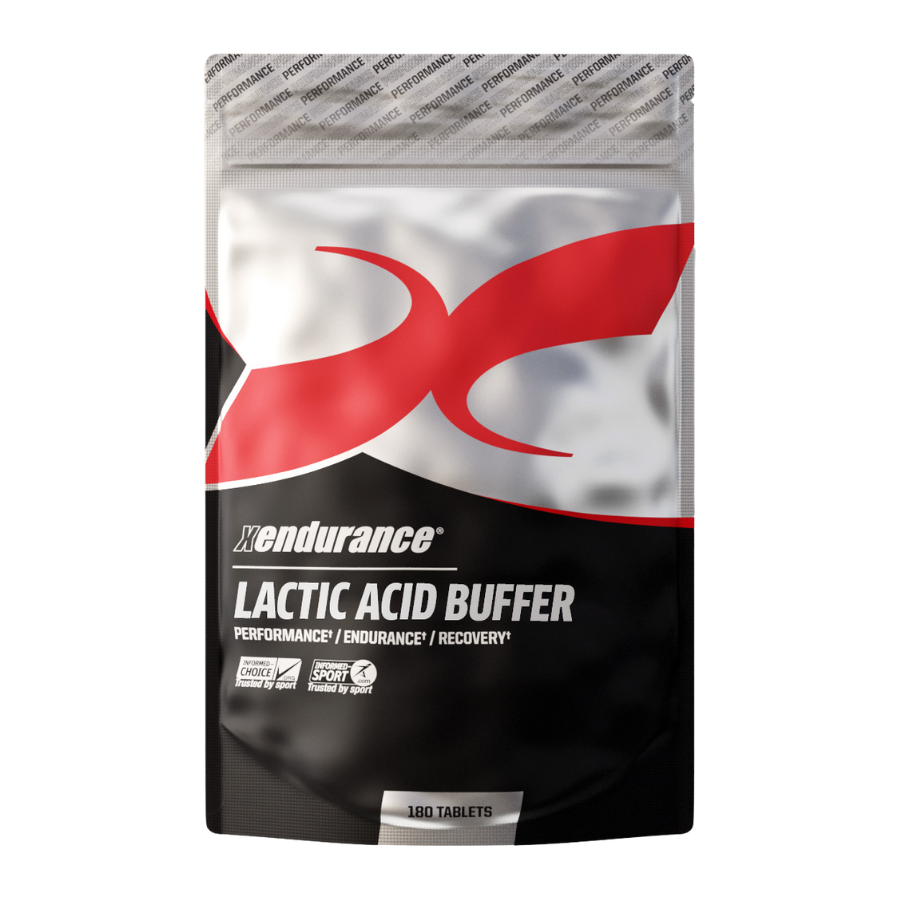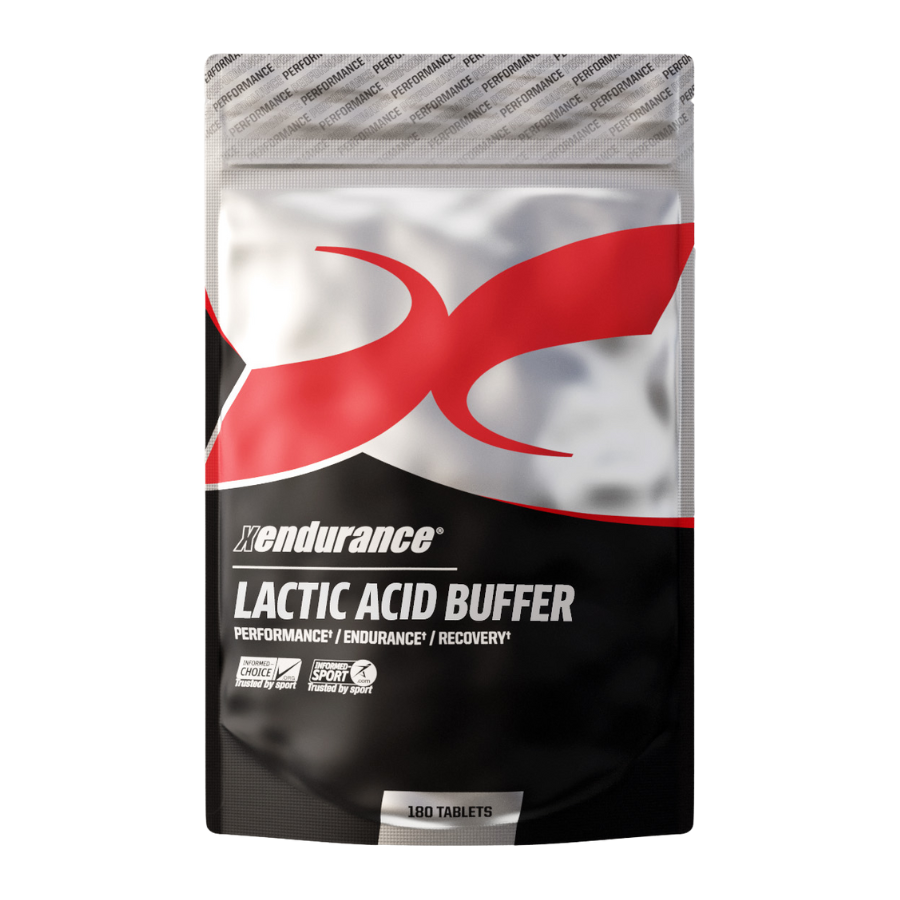Scientists, athletes and coaches have been fascinated for decades by lactic acid, muscle soreness and how best to recover from these effects. For some, sore muscles can almost be pleasant; you trained or raced hard and built new strength, and the soreness can be a reminder of this. However, when you are crawling around the next day, barely able to walk up the stairs, sore muscles can be a pain in the gluteus maximus! This pain is known as Delayed Onset Muscle Soreness (DOMS); small tears have occurred in your muscle fibres, which leads to inflammation.
Most of us have experienced that burning sensation in our muscles during intense exercise. This is a signal that your body is being deprived of oxygen and lactic acid is being created. When your body produces lactic acid, it splits into two ions; lactate ions (lactate) and hydrogen ions (H+) .
H+ is the acid in lactic acid. This causes that burning sensation; the pH (acid) is not due to lactate but rather the production of hydrogen ions (H+) which is part of the process of energy released from the breakdown of glucose. As H+ are released, intramuscular pH goes acidic, leading to fatigue and creating the intense burning feeling in your muscles.
Interestingly, the experience of DOMS varies by individual. Some people experience little DOMS, whereas others get very sore, even after years of training. Scientists have several theories for the degree of pain associated with DOMS:
- One theory is that inflamed and swollen muscle fibers press on pain receptors, registering sensations of soreness.
- A second theory is that phagocytic immune cells come to clean up damaged muscle tissue and further damage the tissue, causing pain.
- Finally, some researchers argue that free radicals that are produced by inflammatory cells in response to muscle damage aggravate the damaged tissue, causing pain.
The bottom line is that DOMS are inconvenient, so it’s worth the effort to have strategies for preventing them. Having an effective recovery plan is especially important for athletes who train frequently to avoid any reductions in strength or injury risk that DOMS can bring.
WHAT DOESN’T WORK FOR DOMS
- Icing and massage are common “treatments” for DOMS, both largely useless because they don’t restore strength and the impact on pain is fleeting. Although they may reduce pain while you’re doing them, the effect is small and short lived and doesn’t extend to a faster recovery of muscle function.
- Painkillers like anti-inflammatories can reduce muscle pain, but again they won’t accelerate recovery or restore strength.
- Static stretching before or after training will not reduce DOMS.
- A cardio-based warm-up such as jogging or cycling is useful for raising body temperature but it won’t prevent muscle damage or have any noticeable effect on post-workout muscle soreness.
FIGHTING DOMS
Xendurance set out to develop an all-natural, drug-free, product which would combat the effect of lactic acid. As sports enthusiasts, we recognise that diet and training are essential to every athlete and active person, and with proven science, sports nutrition can dramatically add to the complete package for optimum performance, no matter the sport.
HOW TO PUT THIS ALL TOGETHER?
The best approach to muscle recovery is to experiment and figure out what works best for you. Alkaline substances, like calcium, magnesium, and potassium found in our Lactic Acid Buffer, can work against this acidic environment, delaying or preventing the body’s attempts to shut down intense training. Papain derived from papaya is a powerful anti-inflammatory that helps repair and rebuild muscle tissue while relieving muscle soreness. Catechins are added and are one of the most powerful antioxidants to help fight oxidative stress. Electrolytes complete this revolutionary formula to assist with the ability to quickly rehydrate, recover and restore balance and maintain the competitive edge.
All of this ultimately results in shorter recovery times, prolonged ability to train, and better results.









